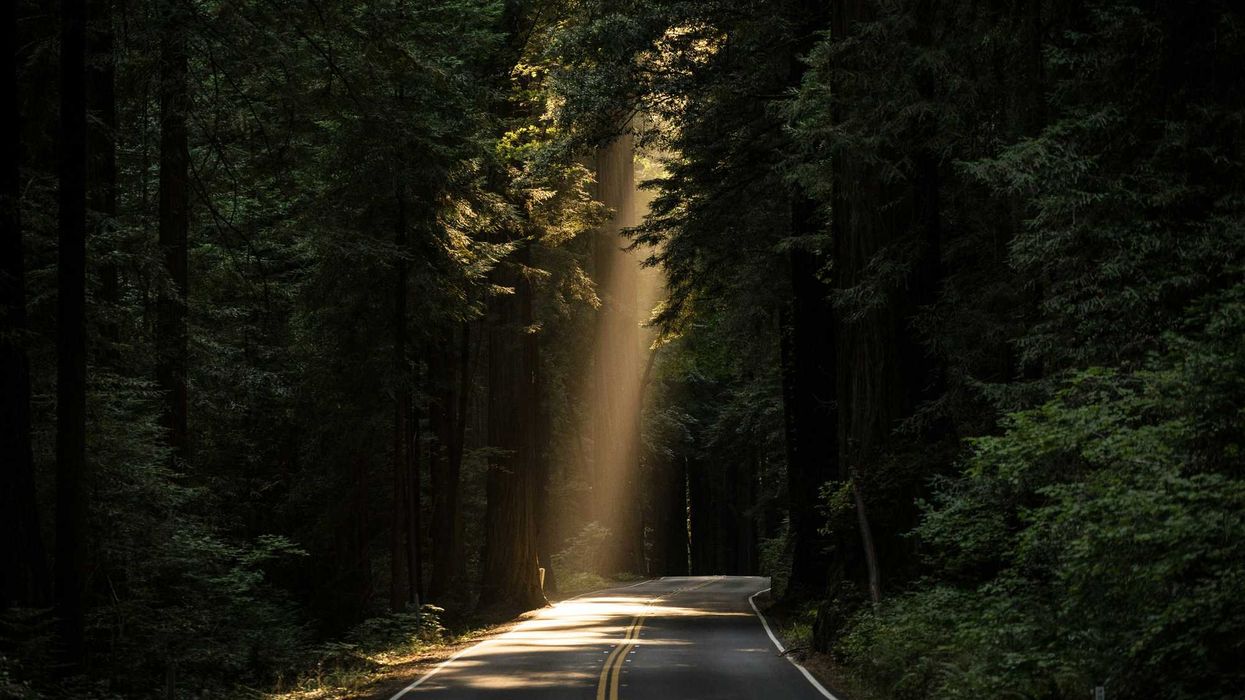Long is a senior strategic communications consultant with public, private, and not-for-profit experience. She holds a doctorate in Political Science and a Master of Public Health.
A public that is generally full – and believes it will remain full into the foreseeable future – makes for a food complacent public. A food complacent public is a public ill-equipped to address the critical juncture confronting every level of the agri-food system with a combination of transformations and challenges, ranging from an influx of agritech innovations to history’s most extensive food crisis. This juncture cannot be left to complacency because its outcome will redefine how – and even if – humanity feeds itself.
As America confronts this complacency, our particular variety of complacency leaves us better able to accept this juncture’s innovative transformations than deal with its potentially existential challenges. But these challenges are here and likely to escalate: even if the impact is greater for other countries, America is not immune from their direct and secondary effects. Agri-food innovations alone cannot protect from these effects, and public action– trapped in gridlock and polarization – is limited to outdated, highly circumscribed, and emergency responses.
Although improved government response is essential given agri-food challenges’ existential threat, the private sector must also be compelled to improve its response. The ESG trend demonstrates that the private sector can be compelled to adopt behavior defined as beneficial beyond its bottom-line. In this case, a beneficial private sector response is necessary not only to fill the government's response gap, but to also address its own hand in system challenges.
Effectively compelling this behavior requires understanding our agri-food complacency that is responsible in part for enabling the private sector’s contribution to agri-food system challenges.
American agri-food complacency was cultivated by the impression of full stomachs, full shelves, and fields planted in the post-WWII era of food abundance by hyper-efficient agricultural industrialization and the food processing boom. Food consumption became something guided by consumer trends as opposed to local seasonal availability; food waste became a normal market byproduct; and food insecurity became something experienced by them as opposed to us, with them defined as either foreign victims of destructive social/natural conditions or domestic undeserved poor and benefit manipulators.
This complacency did and does not cover all aspects of the agri-food system, which are the networks making up all stages from farm to fork to waste and back again. Two concerns broke through this complacency.
The first regards what goes into the food we eat, especially if that “what” makes our food something other than what we think it is (food purity) or hazardous to our health (food safety). Following decades of revelations regarding abusive market behavior, such as the New York swill milk scandal, consumers acknowledged that their tables had become too removed from the site of food production to know what they were putting in their mouths. This acknowledgement led them to accept food-related regulatory market oversight and embrace consumer rights forerunners.
The second regards what goes into growing or otherwise producing raw agricultural products, especially if that “what” makes the products less natural (genetically modified) or harmful to ecosystem and human health. This concern began with the increased post-WWII use of synthetic chemicals in agricultur al and processed food and continued with new methods like antibiotics in animal feed and bovine growth hormone. Supported by environmentalism, consumer demand increased “natural” food productive processes in the 20th Century.
Both concerns focused on the food we buy. American agri-food complacency covers how or if we eat. We leave the how and if to the market because we use a market interpretation of agri-food security. This interpretation defines individual and systemic agri-food security as a condition in which adequate food is available for purchase in the market to meet paying consumer demand. This interpretation assumes individual consumers are responsible to access available food and to access the right food to fulfill their nutritional needs.
The global community’s interpretation of agri-food security – based on wellbeing – shows the unique nature of American complacency. This global interpretation defines agri-food security as a condition in which individuals have stable access to sufficiently nutritious food to maintain a healthy life and the system can provide for this harming agri-food livelihoods or the environment.
Average Americans’ complacency is cracking as the long-existing pockets of national food insecurity are growing, experiences of food stock-outs are increasing, and anxiety over grocery prices are adding to already historic levels of stress. More Americans are therefore questioning agri-food security’s market-based interpretation, but these concerns have not yet triggered urgent government responses beyond existing traditional programs and short-term emergency measures. In fact, even these responses are facing increasing restrictions or are being phased out.
The American market-based interpretation of agri-food security has given the private sector extensive influence over every stage of the agri-food system from farm to fork to waste and back again – even with certain restrictions related to food purity, safety, and production. This influence means the private sector must bear some responsibility to respond to agri-food system challenges. But this response will not come without pressure: according to the World Benchmarking Alliance’s 2021 Food & Agricultural Benchmark, even the 350 most influential agri-food companies have not taken meaningful action for agricultural sustainability, sustainable agricultural livelihoods, or broadened nutritional food access. Companies must therefore be compelled to take action.
Government is usually responsible for compelling such action, as it did for food purity. The EU may do so with its anticipated Sustainable Food Systems Law under its 10-year Farm to Fork Strategy. The U.S., however, is unlikely to follow suit as demonstrated by its slow and anti-ESG mandates to date.
Consumer demand must therefore compel companies to take action. But how should consumers frame that demand? Should agri-food security be integrated into existing demands for responsible ESG behavior or be recognized as a unique right? Ideally, both.
Because agri-food security is not explicitly included in ESG, consumers rarely include it in corporate responsibility demands unless the company is in agri-food sectors (Monsanto, General Mills, Kroger, etc.). But agri-food security is easily integrated into ESG’s E and S. The full agri-food system is intimately linked to the environment, from agricultural production to logistics and waste management. It is also a social system, from the food trends shaping crop choices to the politicization of hunger. Although easily integrated, it may be best to add agri-food security as a fourth ESG component to ensure its prioritization.
Establishing agri-food security as a right is more difficult but feasible given lawsuits brought by young activists based on the right to a healthy future environment. Similar suits may be brought based on the right to the future security of the agri-food system. Legal decisions in favor of such a right will compel both government action and a change in private sector behavior.


















